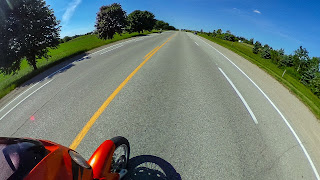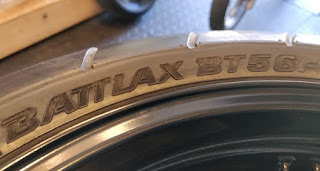There has been much talk of gamification as a means of engaging the digital native (sic). I’ve been a fan of integrating complex simulation into the classroom for a long time now, and I believe that digital tools offer us a great deal of paracosmic power in that regard. As a means of assessing student ability, nothing comes close to the immersive simulation to see multi-dimensional aspects of student skill, from basic knowledge to how they work under pressure and what their lateral problem solving skills look like (something most assessment is devoid of).
But like the flowery classroom in which no one can fail, the vast majority of games are designed to be entertainment. The satisfaction you have in finishing them is entirely artificial – the point was for you to finish them. Sort of like making a big deal of getting a high school diploma… way to get what just about everyone has. I missed my high school graduation, but I didn’t miss my university ones. The best part about those degrees where all the people who started with me that didn’t finish.
If we’re going to set up games in the classroom, then they need to be full spectrum experiences (where failure is an option). If you want to go all the way, actually set up the simulation to put your students in an impossible situation and then assess how they respond rather than how they perform. If it works for Starfleet Academy in two hundred years, it should work for us now.

One of the most immersive games I’ve ever played was called Planescape: Torment. I’ll spoil it for you because no one will go looking for a fifteen year old game to play. You begin in a Memento-esque amnesia in a morgue. Through the course of the narrative you learn that you are immortal, though you’ve been killed many times (and are covered in scars). The end of the game has you having to come to terms with a character you’ve come to identify with realizing that he has to die (and spend an eternity in hell – he hasn’t been a nice man) in order to complete the game. It was a game playing moment where I was completely lost in the story, when it asked more from me as a participant than I wanted to give, but I gave it anyway, and have never forgotten the effect. Watching a character you’ve struggled to keep alive walk into an eternal battle on the planes of hell was truly epic. Winning isn’t always about collecting badges.
I’ve had a number of those epic moments while playing Dungeons & Dragons. I’ve also created some sufficiently complex simulations in the classroom where students have forgotten where they were. Being a Dungeon Master is excellent training for a teacher.
In English I’ve spun mutants v. humans in a Chrysalids simulation that had students who thought the prejudice and violence shown by characters in the book where ‘ridiculous’. An hour later the simulation had the same students jailing (and worse) the hidden mutants in their classroom, while the mutants tried to hide, then ended up drunk on their own power. It left many students hyper-engaged, frustrated and introspective about human nature. I wonder what kind of quiz would have resulted in that mind space?
Immersive simulation is a powerful learning tool – I believe it should be the end game of digitization in education. A student who has had to experience Brock’s sacrifice or Napoleon’s Waterloo will have a sense of personalized learning that strikes the gaming nerve – they feel like it was a personal experience rather than something told to them.
They do this on the holo-deck all the time in Star Trek. Janeway has Leonardo Da Vinci as a mentor, Data has arguments with Einstein and Hawking about physics. Their learning is personal and they are active participants in it, the learning environment is personalized, immersive and offers the mightiest access to information.
Any well designed simulation has to allow for free-play and unexpected outcomes (Data vs. Moriarty is a good example). If your games are designed for single outcome, or you’re throwing badges on achievement, you might as well go back to photocopying worksheets, you’re not getting what games can do for people. Unless you take into account player freedom of choice and are willing to address unexpected outcomes, you’re only hanging a badge on the same old linear knowledge attainment.

















































